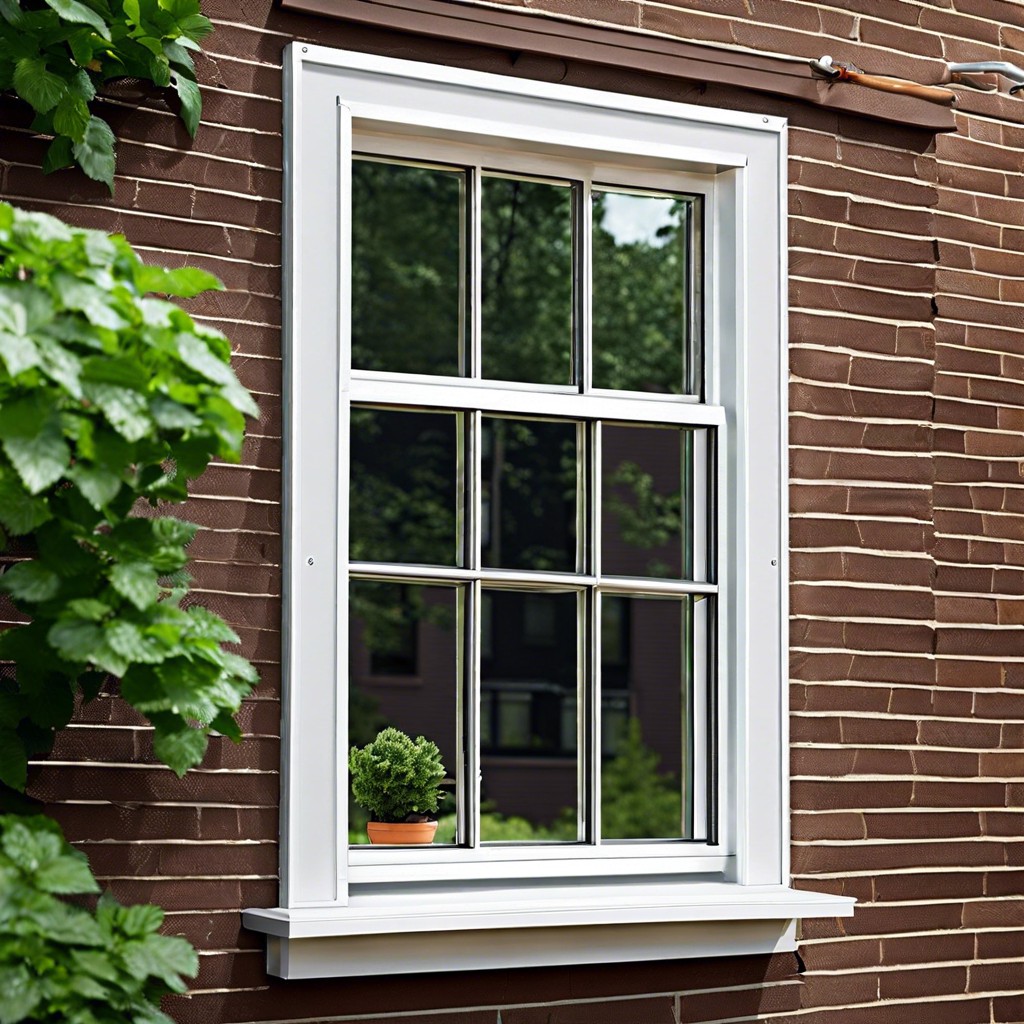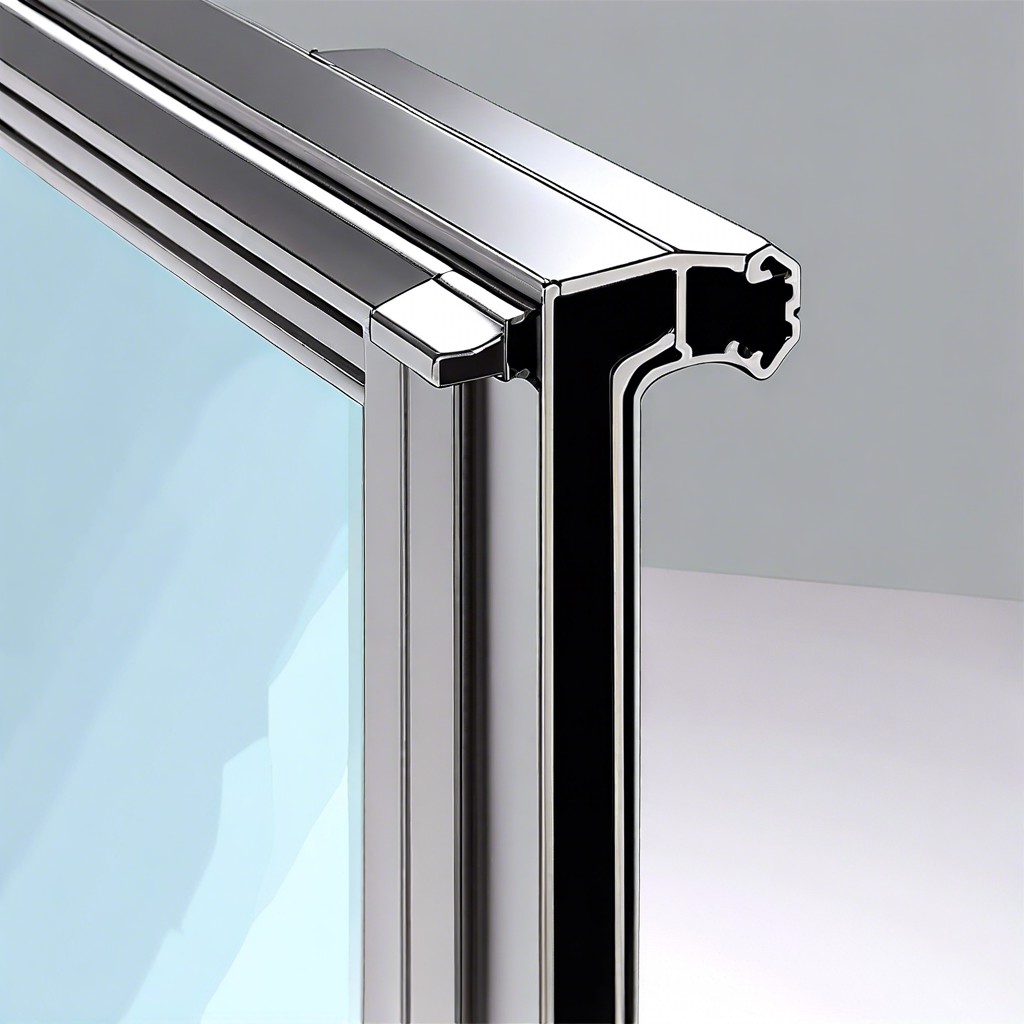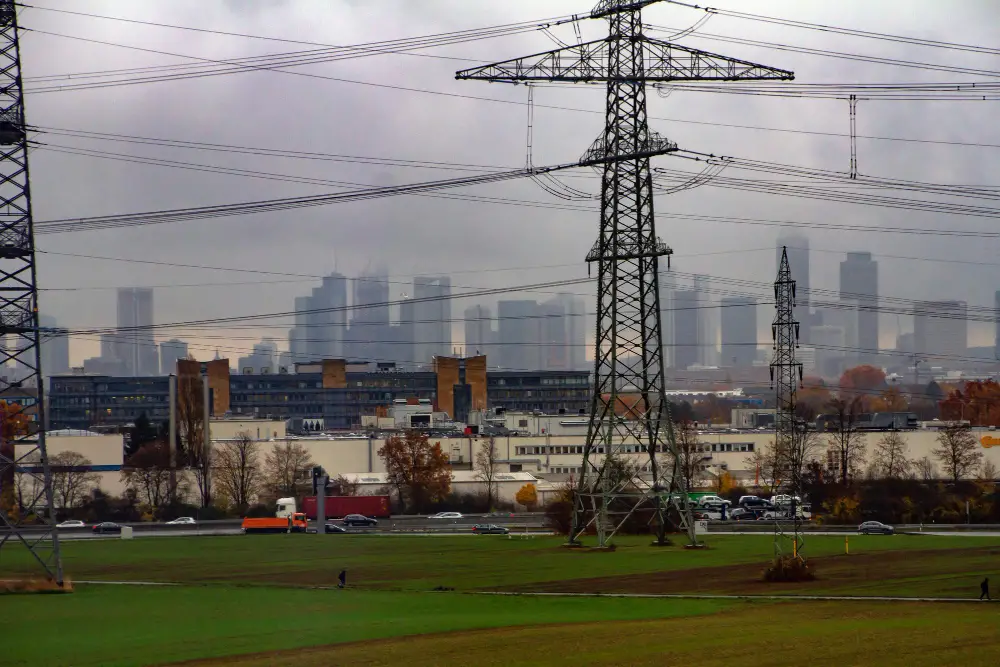Discover how to navigate building codes when choosing energy-efficient windows in this informative blog post.
As a homeowner, have you ever wondered why some houses seem to stay cool in the summer and warm in the winter without running up a high energy bill? It’s all about having the right windows.
But did you know that choosing energy-efficient windows is not just about saving money on your utility bills, but it’s also mandated by building codes?
Let me tell you a story – I once had a friend renovating her house and decided to replace her old windows with new ones. She picked out what she thought were beautiful double-pane windows without realizing they were not compliant with her area’s building codes.
She received a notice from the city stating that she needed to replace them again or face hefty fines.
This experience made me realize how important it is for homeowners to understand building codes when it comes to replacing their windows.
In this blog post, we’ll dive deep into everything you need to know about energy-efficient window regulations and how they can impact your home renovation plans.
Energy-Efficient Windows

Energy-efficient windows are designed to reduce the amount of heat that escapes from your home during winter and prevent unwanted heat gain in summer. They work by using advanced technologies such as low-emissivity (low-e) coatings, gas fills, and insulated frames to minimize energy transfer between the inside and outside of your house.
As I mentioned earlier, my friend’s experience taught me how important it is for homeowners to choose energy-efficient windows that comply with building codes. Not only do these regulations ensure that you’re doing your part in reducing greenhouse gas emissions but they also help you save money on utility bills over time.
In fact, according to Energy Star®, replacing single-pane windows with Energy Star-certified ones can save homeowners up to $583 per year on their heating and cooling costs!
So let’s take a closer look at what building codes say about energy-efficient window installation requirements next.
Building Code Regulations

Building codes are a set of regulations that dictate the minimum standards for construction and renovation projects. These codes ensure that buildings are safe, healthy, and energy-efficient.
When it comes to windows, building codes mandate specific requirements for their energy efficiency.
As I mentioned earlier in my story about my friend’s window replacement experience, not complying with these regulations can lead to hefty fines or even legal action. Understanding your area’s building code requirements is essential before purchasing new windows.
The International Energy Conservation Code (IECC) sets the standard for the energy efficiency of residential and commercial buildings across the United States. The IECC provides guidelines on how much heat loss or gain is acceptable through a window assembly based on its location within a home or building.
For example, suppose you live in an area with cold winters, like Minnesota or Maine. In that case, your local building code may require installing windows with higher insulation values than those required in warmer climates like Florida or Arizona.
Understanding your local building code regulations regarding energy-efficient windows will save you time and money by ensuring compliance from day one of installation and reducing long-term utility costs associated with heating/cooling inefficiencies caused by outdated materials!
Window Performance Ratings

Now that we understand the importance of building codes when it comes to energy-efficient windows, let’s talk about window performance ratings.
These ratings are used to measure a window’s ability to keep heat inside during the winter and outside during the summer. The higher a window’s rating, the more energy-efficient it is.
My friend learned this lesson firsthand when she replaced her old windows with double-pane ones without realizing they had low-performance ratings. She ended up spending more money on heating and cooling bills than she would have if she had chosen high-performance rated windows from the start.
It can be overwhelming trying to navigate all of these regulations and performance ratings on your own, but luckily there are resources available for homeowners looking for guidance.
Many reputable companies offer free consultations to help you choose which type of energy-efficient windows will work best for your home while ensuring compliance with local building codes.
Understanding building codes and choosing high-performance rated windows is crucial in saving money on utility bills while also being compliant with regulations set by local authorities. Don’t make my friend’s mistake – do your research before making any decisions regarding new or replacement house-windows!
Compliance and Certification

When it comes to energy-efficient windows, compliance with building codes is crucial. Building codes are regulations that set minimum standards for construction and renovation projects to ensure safety, health, and environmental protection.
Compliance with these regulations is mandatory in most areas.
In addition to building codes, there are also certification programs that evaluate the energy efficiency of windows. These certifications can help homeowners make informed decisions when choosing new windows for their homes.
My friend’s experience taught me how important it is to understand compliance requirements and certification programs before making window replacement decisions.
After receiving the notice from the city about her non-compliant windows, she had no choice but to replace them again with compliant ones certified by ENERGY STAR® program.
By understanding these regulations beforehand and working closely with a reputable contractor who knows local building code requirements inside out can save you time as well as money in fines or having your project delayed due to non-compliance issues like my friend experienced earlier on.
Insulation and Glazing
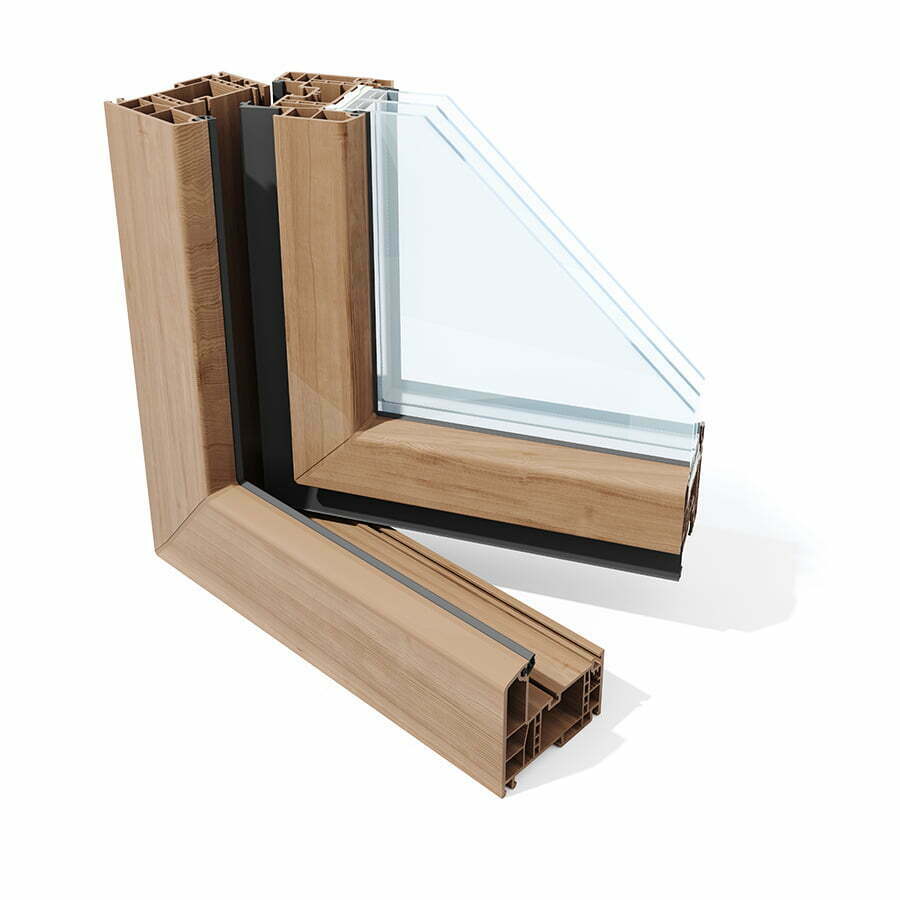
When it comes to energy-efficient windows, insulation and glazing are two critical factors that can make a significant difference in your home’s comfort level and energy bills. Insulation refers to the material used between the window frame and wall opening, while glazing is the glass itself.
Returning to my friend’s story, her new windows did not comply with building codes because they lacked proper insulation. The lack of insulation meant that heat could easily escape through gaps around the window frame during winter months or enter during summer months. This resulted in higher heating and cooling costs for her home.
Glazing also plays an important role in regulating temperature inside your house by controlling how much sunlight enters through your windows. Double-pane or triple-pane glass with low-emissivity coatings can help reduce heat transfer from outside into your home while still allowing natural light inside.
It’s essential to understand these factors when choosing new energy-efficient windows for your renovation project as they directly impact compliance with building codes as well as overall cost savings on utility bills over time.
Installation Standards
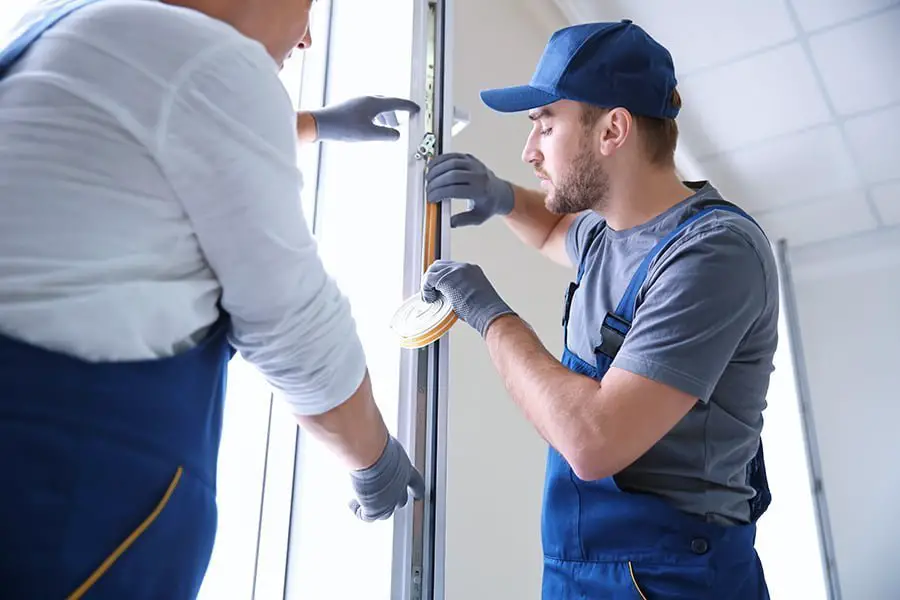
Now that we understand the importance of building codes when it comes to energy-efficient windows, let’s talk about installation standards. It’s not just enough to choose the right type of window; they also need to be installed correctly.
My friend learned this lesson the hard way when she had her non-compliant windows replaced with new ones that were up-to-code but were poorly installed by an inexperienced contractor. As a result, she experienced air leaks and drafts around her windows, which defeated their purpose entirely.
To avoid such issues, hiring a professional installer who understands local building codes and has experience installing energy-efficient windows properly is crucial.
The installation process should include sealing gaps between the window frame and wall using weather-resistant materials like caulk or foam insulation.
Proper flashing must be used around all sides of each window opening before installing them in place as per manufacturer instructions for optimal performance.
By following these guidelines during installation, you can ensure your home meets all necessary regulations while enjoying maximum benefits from your new energy-efficient windows!
Recap

